 |
 |
|


|
设计名称 |
手机后盖注射模工艺及模具设计 |
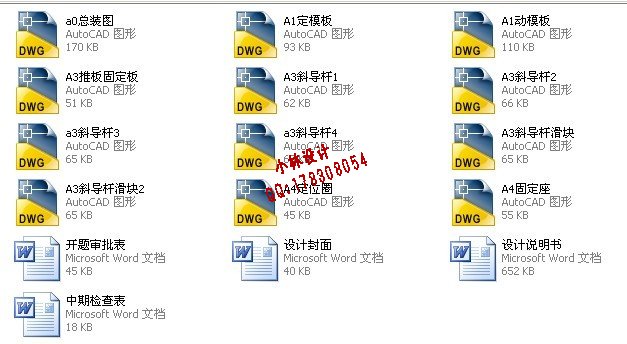 |
|
设计编号 |
Z3-A0127 | |
|
设计软件 |
AutoCAD, Word | |
|
包含内容 |
见右侧图片 | |
|
说明字数 |
30000字 | |
|
图纸数量 |
见右侧图片 | |
|
推荐指数 |
较高 | |
|
价格: |
价格优惠中 | |
|
整理日期 |
2013.9.26 | |
|
整理人 |
小林 | |
|
购买流程 |
<查看如何购买本站设计> |
|
设计简介 |
文档包括: CAD版本图纸共12张 目 录
摘 要:本课题是某企业的一个手机产品开发课题,要求尽可能按实样复制,外形美观,内部结构合理并能满足装配要求的实用塑料制品,根据生产要求设计一副注射模具。扎实掌握课题需要具有塑料材料方面的知识,特别是塑料材料的选用及成型过程中的参数确定,流动性、收缩性、固化特性等在产品设计方面的应用。运用学到的基本知识结合注射机的相关参数和生产实际,进行模具结构设计、成型零件设计、其它零件设计,合理选用模具材料及热处理工艺,确定模具制造工艺。 Process and Die Design of Injection Mold for the Cell Phone Back Cover
Abstract: This project is an enterprise of a mobile phone product development project, as far as possible in real sample copy, beautiful appearance, reasonable internal structure and can meet the requirements of assembly practical plastic products, according to production requirements to design an injection mold.Mastering the task requires knowledge of plastic materials, particularly plastic material and the molding process parameters are determined, liquidity, shrinkage, curing characteristics in product design application.Learn the use of basic knowledge combined with injection machine related parameters and actual production, design the die structure design, molding parts, other parts design, reasonable selection of die material and heat treatment process, determine the mold manufacturing process |
|
部分图纸 截图 |
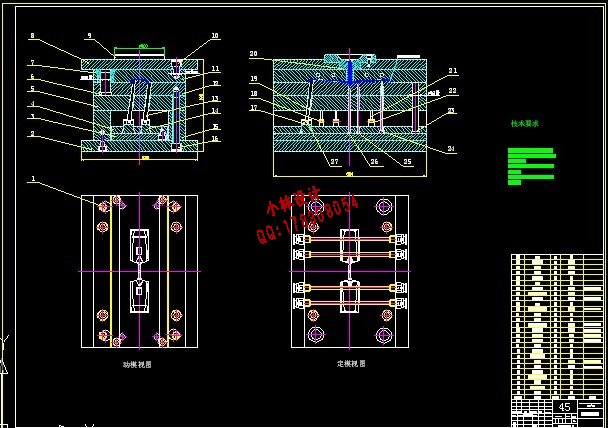 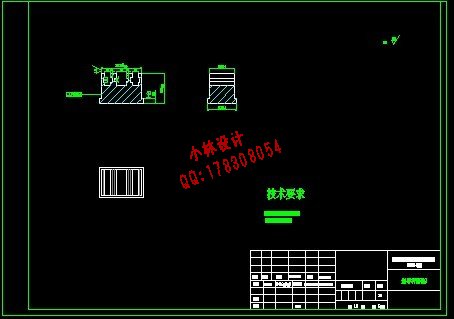 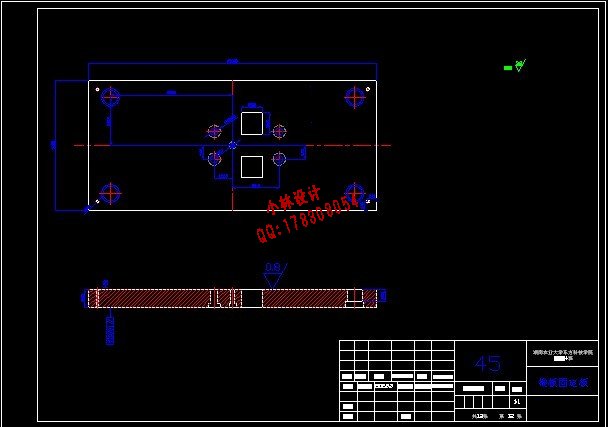 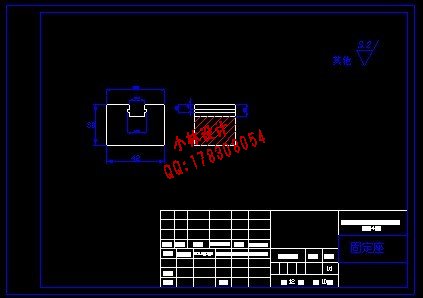  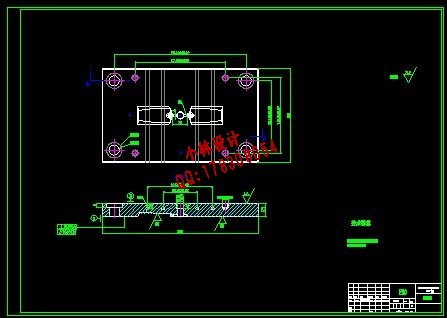 |
|
说明: |
如需了解本设计的具体详细信息请联系本站客服,说明看哪个设计(编号)哪个详细部分,我们将远程或截图给您观看. 机械毕业设计|论文 |

| [要求PR≥2,百度收录≥1000页;联系QQ:178308054] |
Powered by 小林机械资料商城 © 2013-2020 All Rights Reserved. 客服QQ:178308054
喜欢www.xiaolinbysj.com,请告诉你QQ上的5位好友,多谢您的支持!